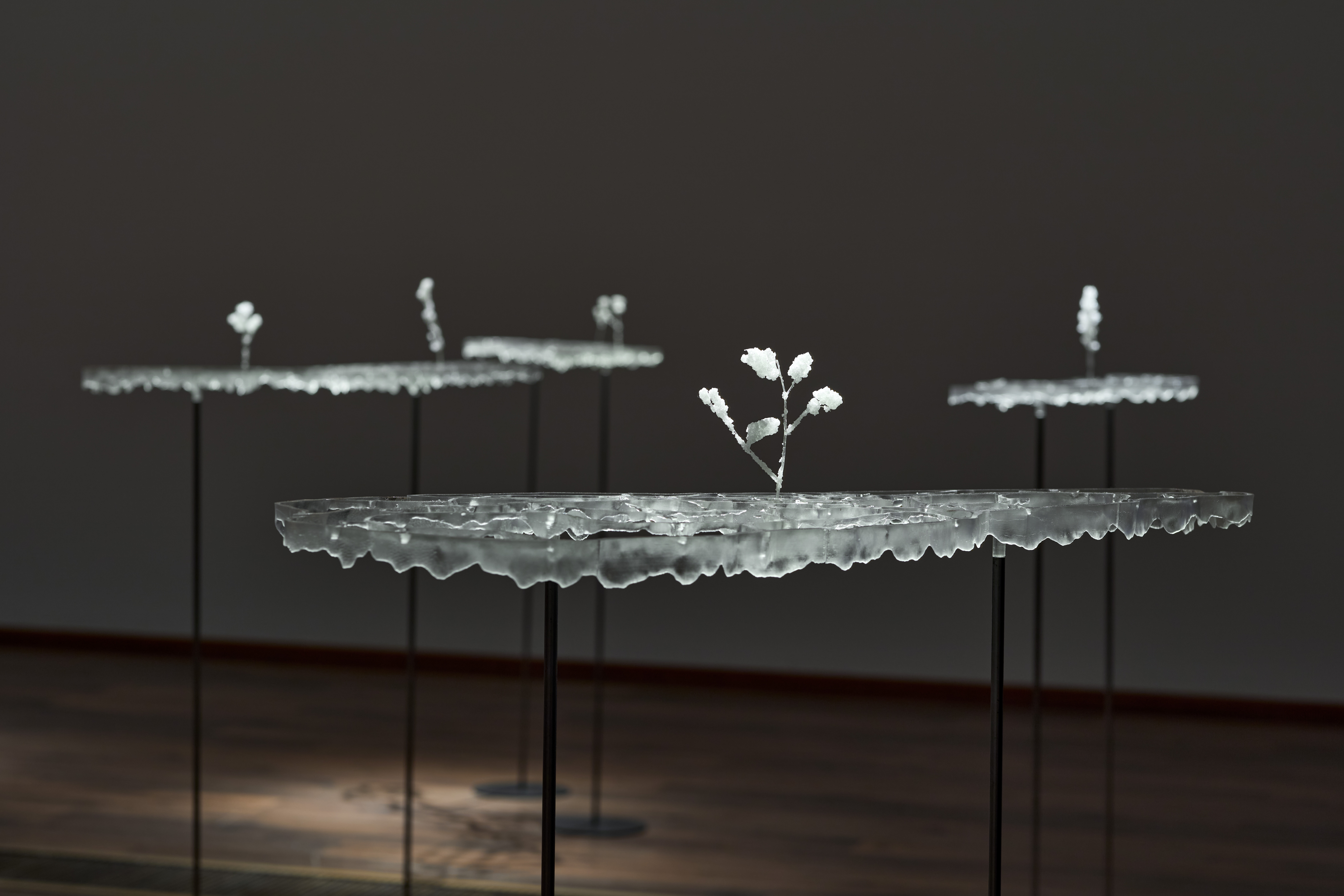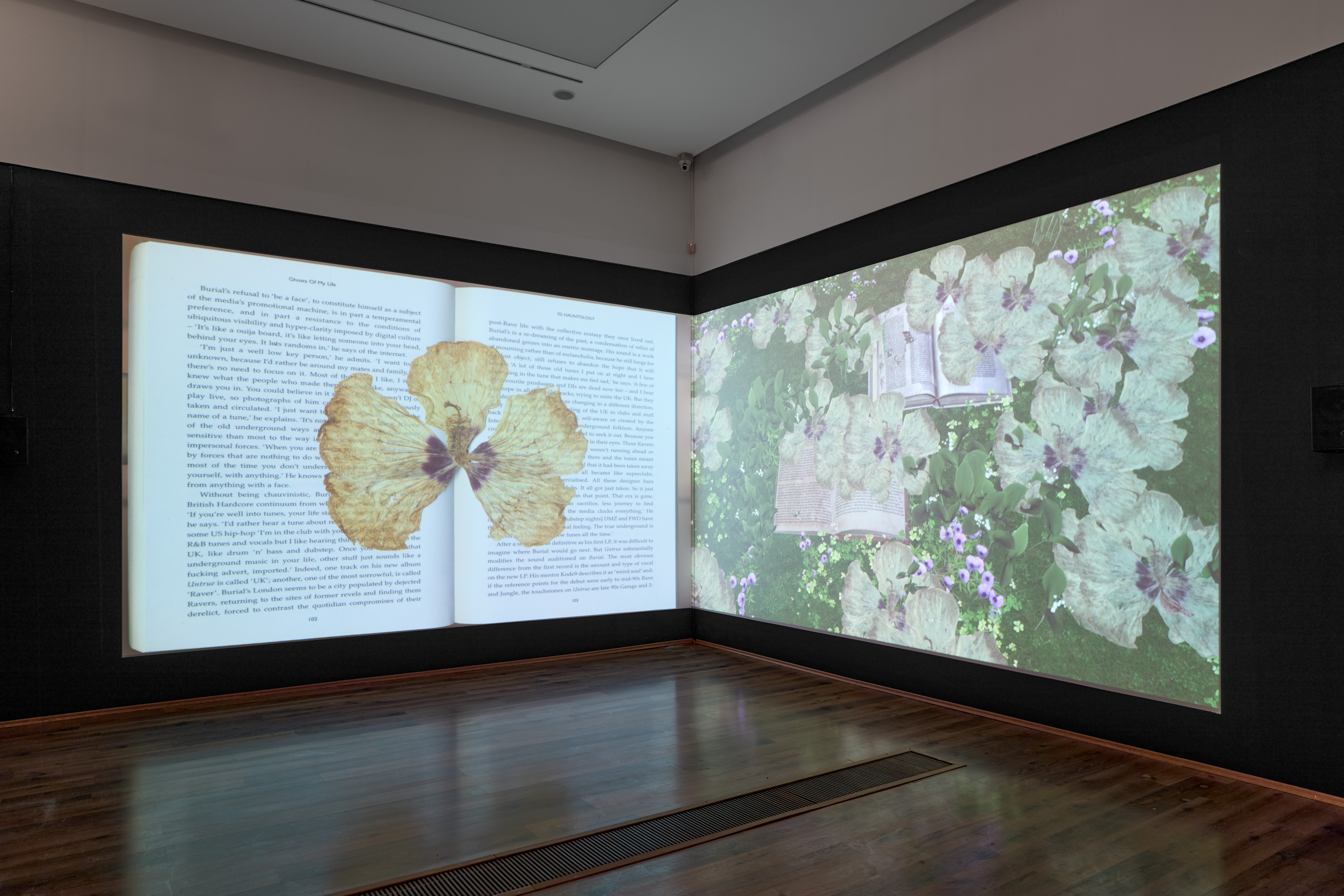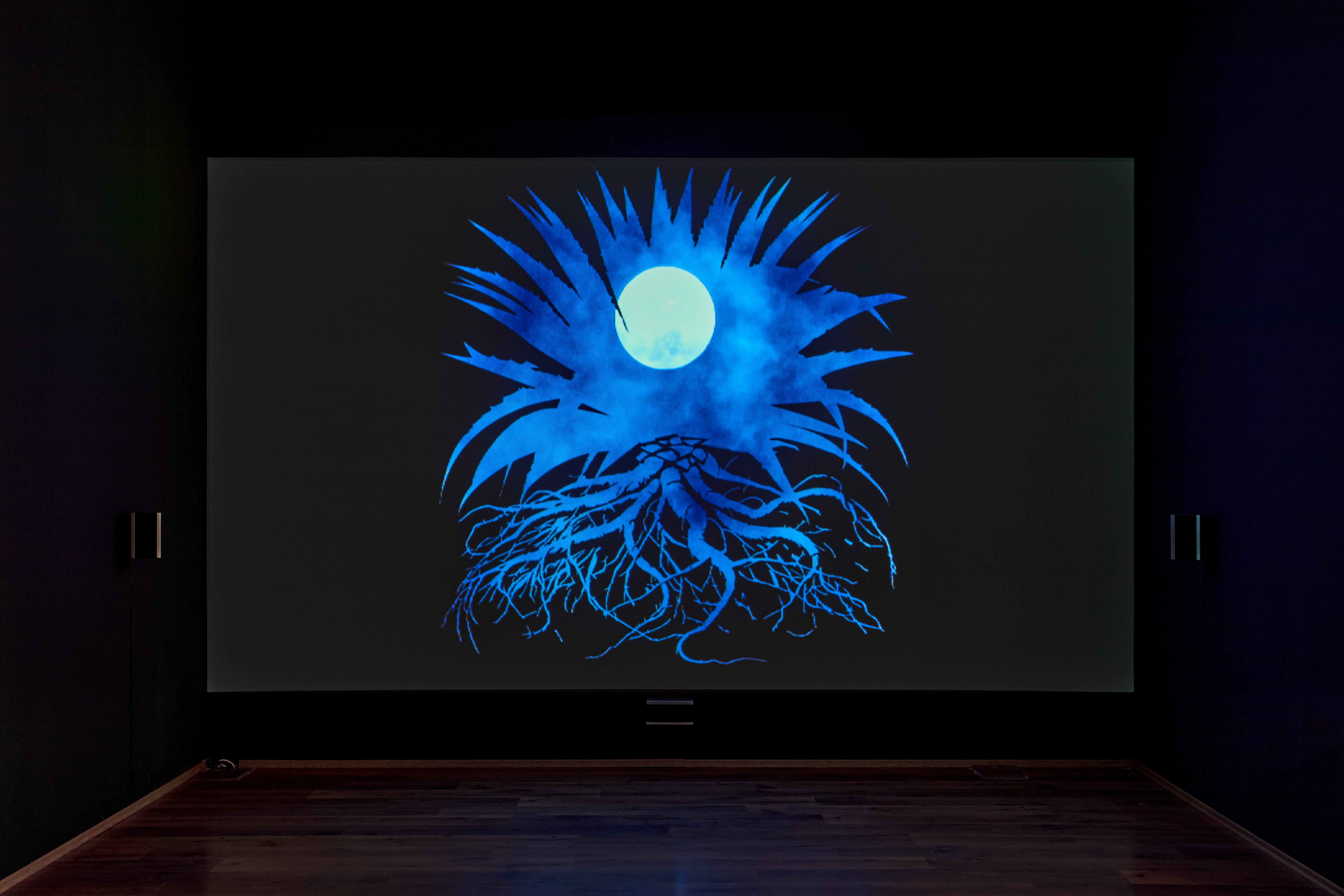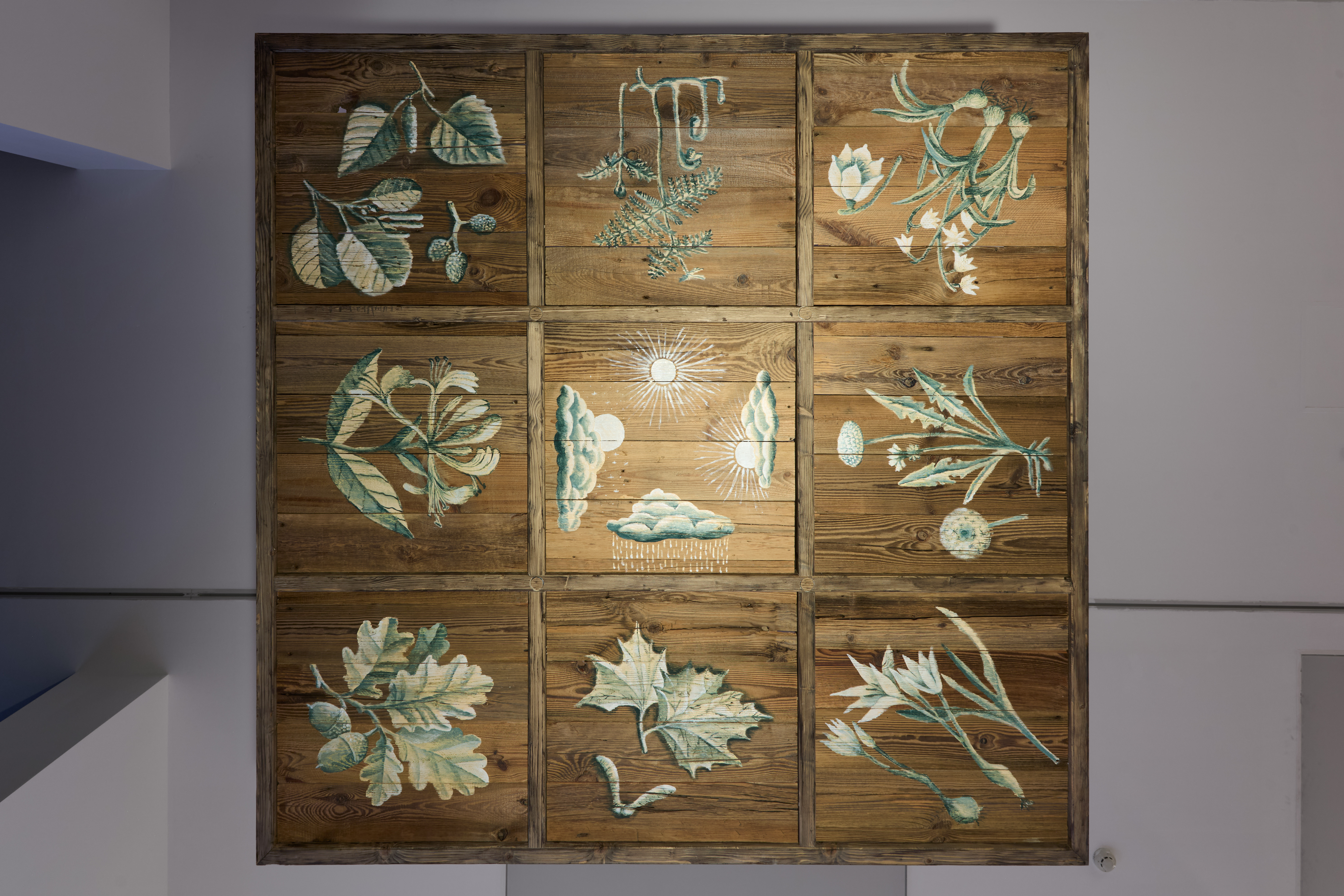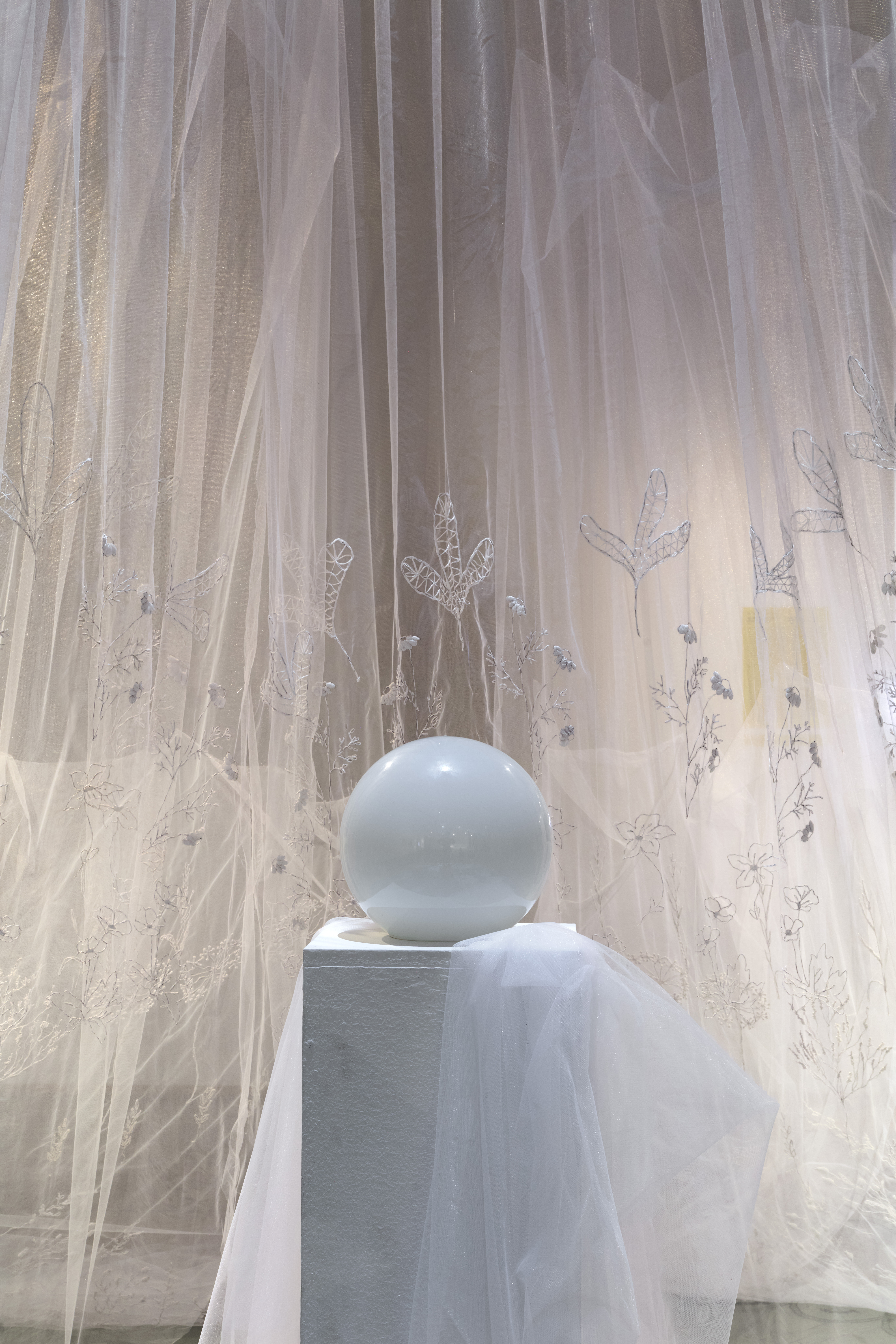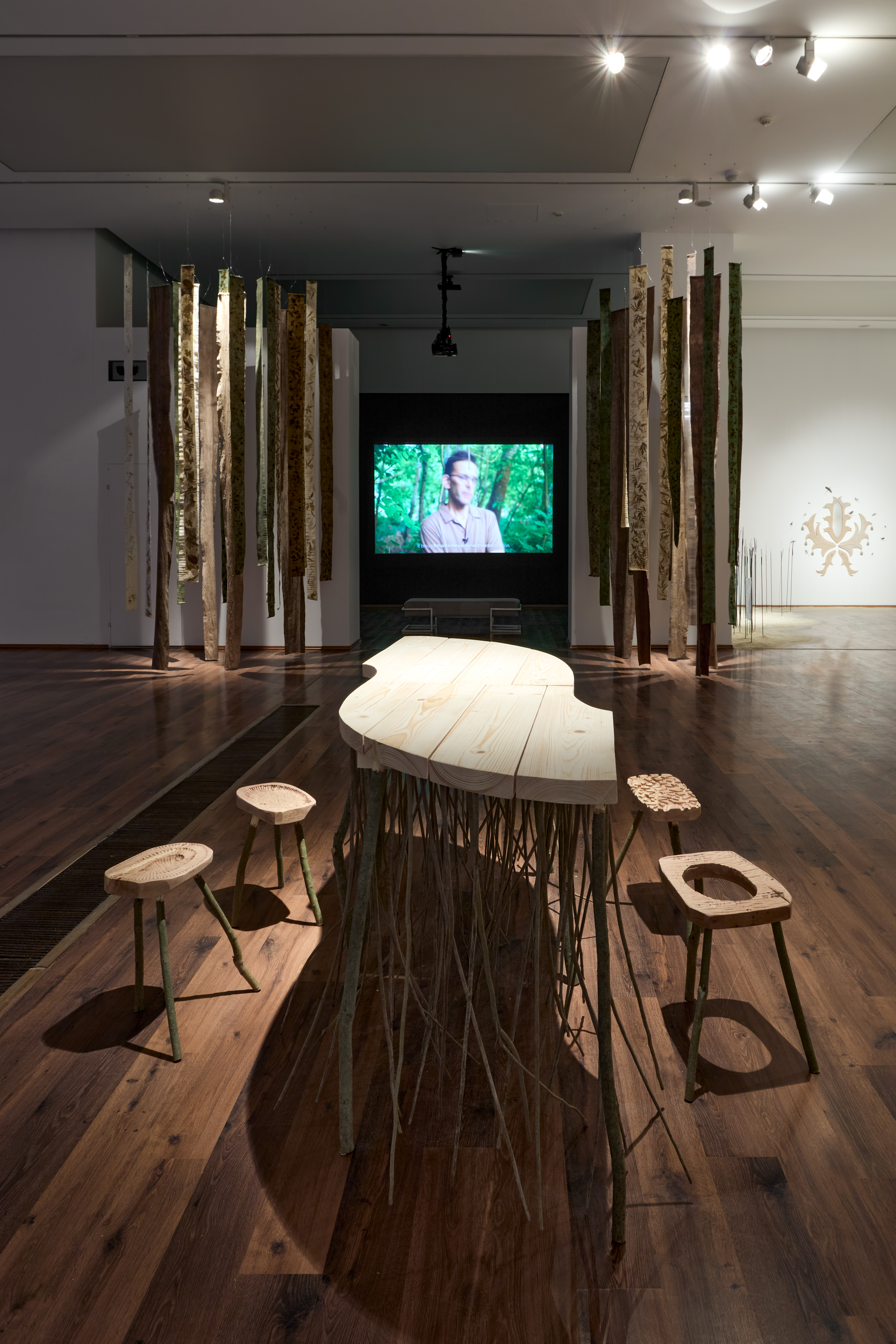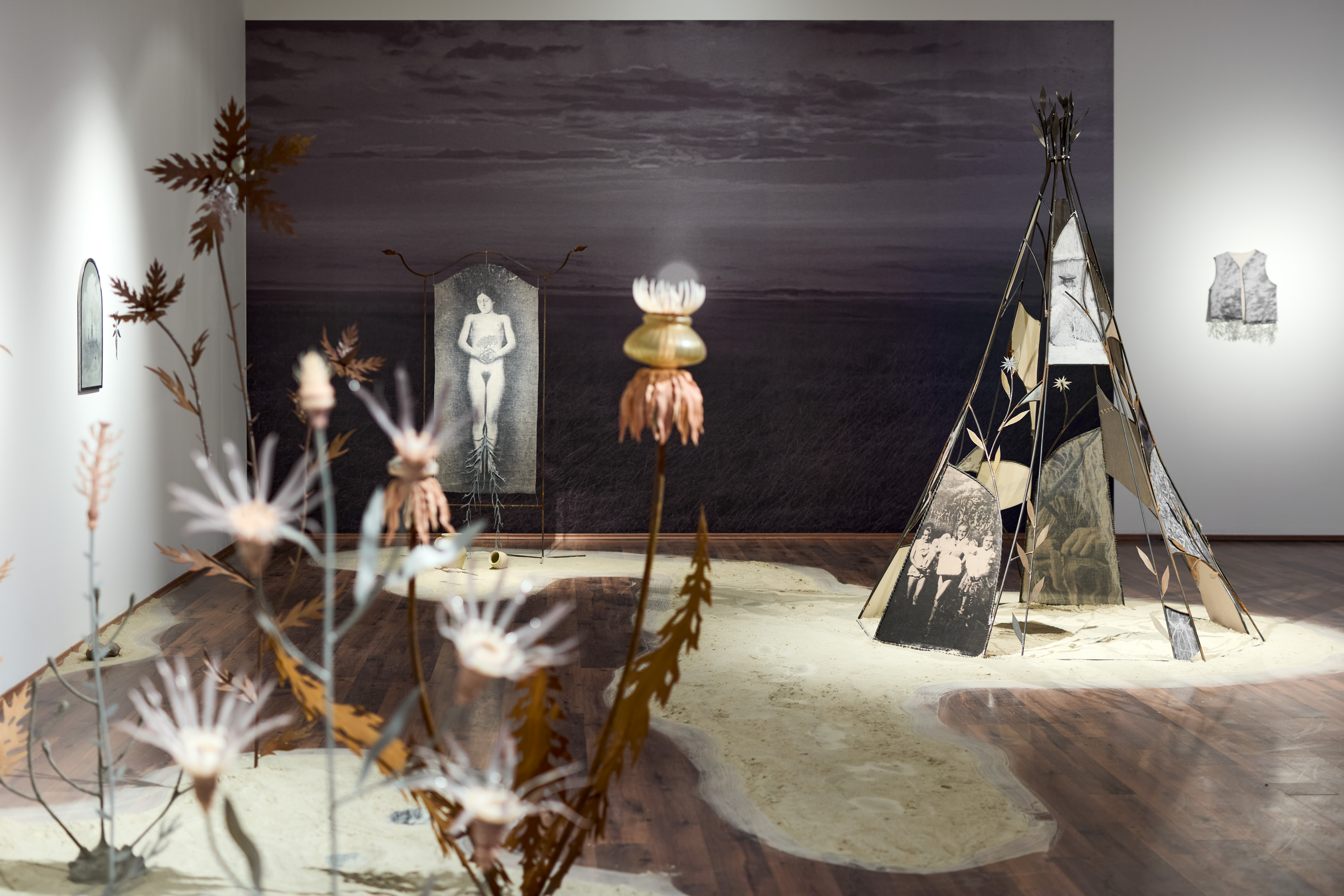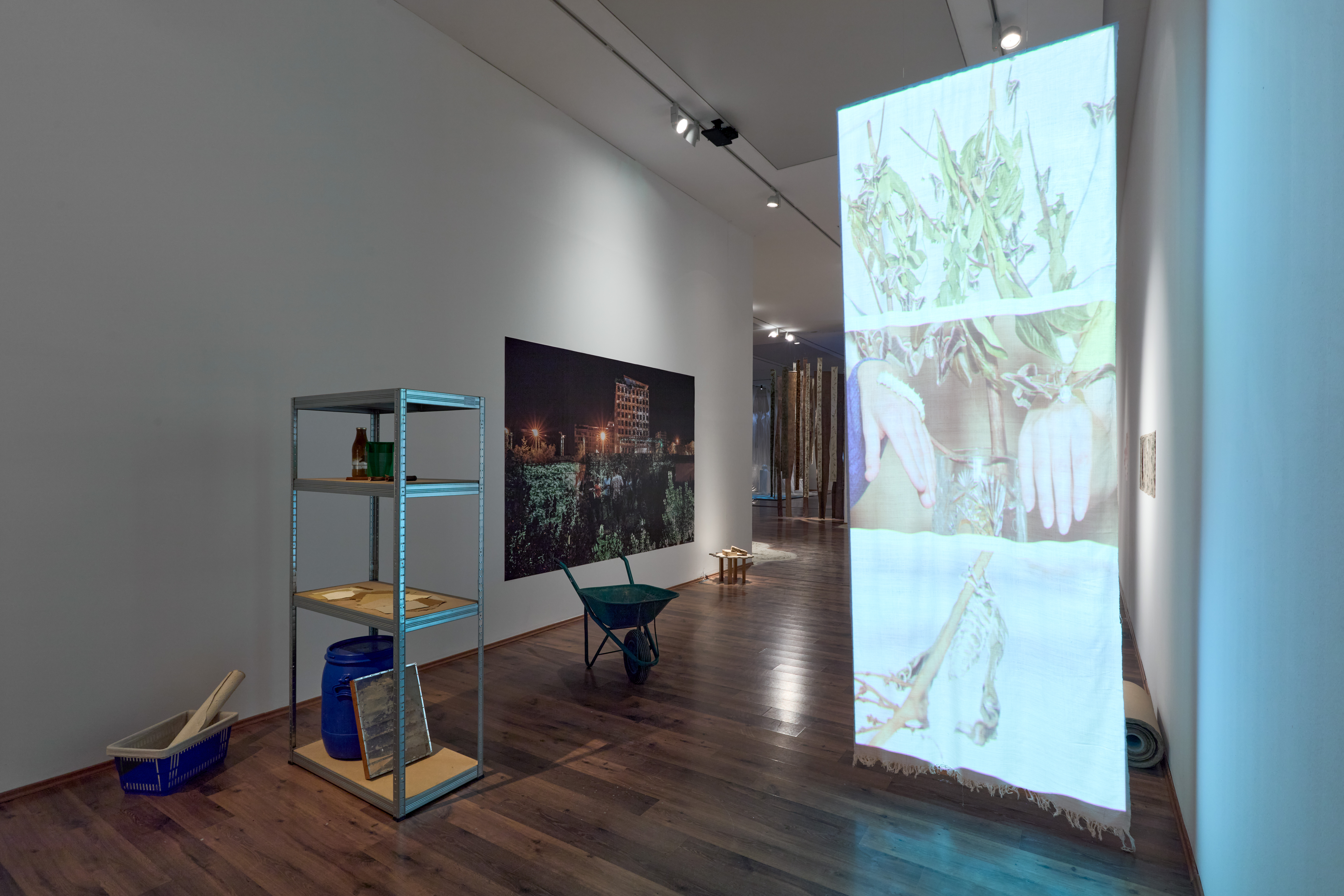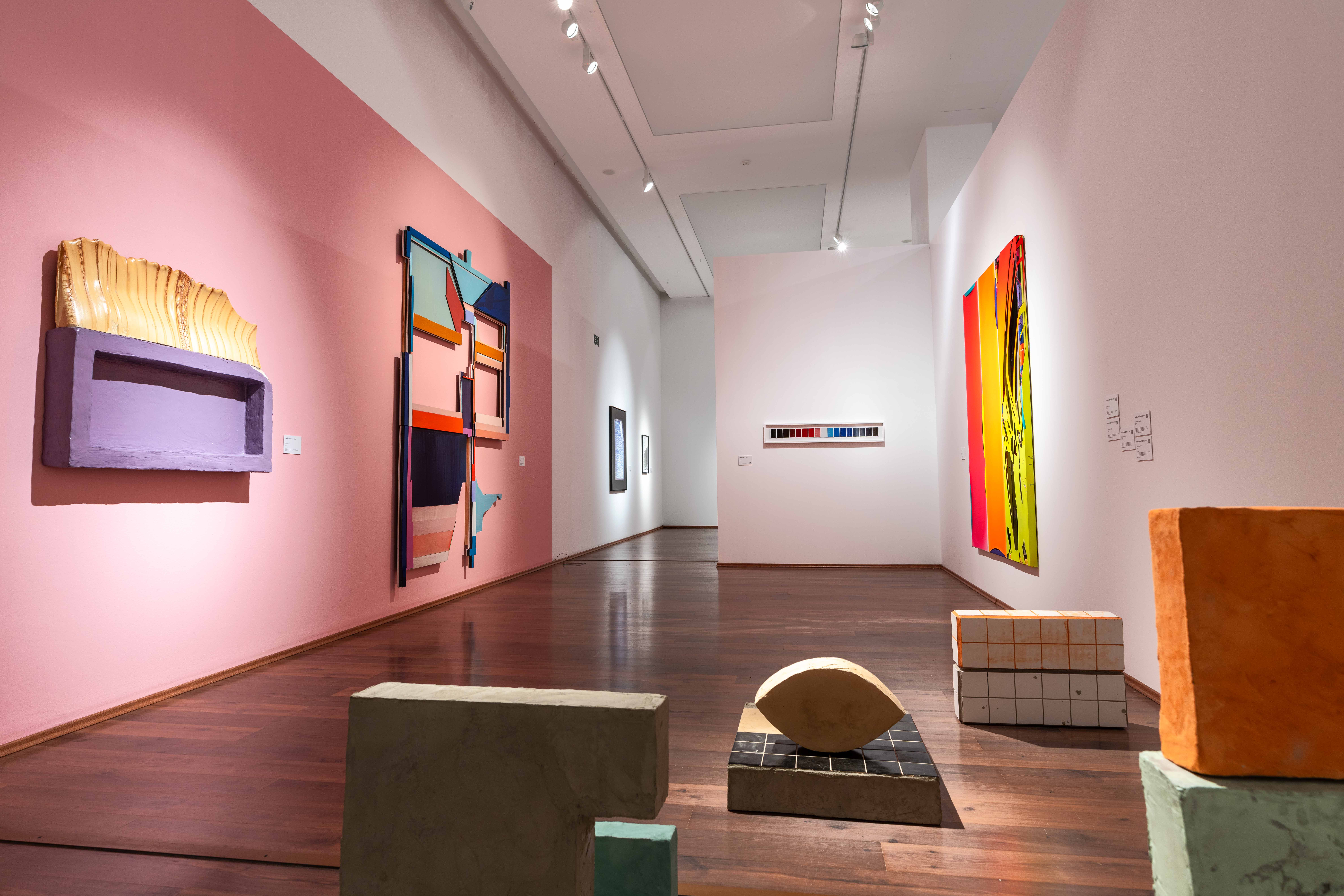Debrecen Artist in Residence, 2024 MODEM Center for Modern and Contemporary Art
December 7, 2024–March 23, 2025
Hunyadi János 1-3.
Debrecen 4026
Hungary
Hours: Tuesday–Sunday 10am–6pm
T +36 52 525 010
sajto@modemart.hu
The Debrecen International Artist in Residence (DAIR), established concurrently with MODEM in 2006, has served as an important intellectual meeting place for artists and experts since its inception. Following discursive summer residencies, thematic exhibitions inspired by these sessions are organized within MODEM's exhibition spaces The 2024 residency, titled Learning from Nature? – Botany, centred on the broadly interpreted discipline of botany. Our central question was how cultural institutions and artists might learn from nature as transformed by the ecological crisis, and how to move beyond simplistic or merely symbolic connections to a bucolic past or rural idyll. A key aim to link between traditional, experience-based ecological knowledge and modern scientific approaches.
The exhibited works were emerged from the intensive two-week summer workshop of the DAIR. During their stay, invited artists, architects, and designers immersed themselves in the rich natural history of Debrecen and the surrounding region, forming the basis for artistic research and interdisciplinary cross-pollination.
Debrecen holds a special place in Hungarian botanical history, having served as a center of botanical knowledge and natural sciences since the 16th century. Building on this heritage, the exhibition contextualizes the artists within Debrecen’s unique natural collections and historical significance. The exhibition poses diverse questions on how participants in the cultural sphere can contribute to a nuanced, non-exploitative understanding of nature. The ten new works commisoned for the exhibition explore three distinct themes.
The first section features works exploring human-environment interactions through concepts such as ecological niches, Anthropocene landscapes, and feral grounds, emphasizing cooperation over competition. For Bálint Szabó, playing instruments made of natural materials symbolizes a transition to immateriality, emphasizing music’s power to foster synchronicity over virtuosity, offering a visceral aural experience. The Krater Collective uses invasive species creatively and regeneratively, integrating them into urban ecological systems. Katalin Kortmann-Járay and Karina Mendreczky’s immersive work evokes the spirit of Hortobágy, exploring boundaries between reality and imagination through islands symbolizing the landscape’s history, nature’s fragility and resilience, and links between human memory and myths. Zsófia Szonja Illés explores the Tisza floodplain habitat and traditional ecological knowledge, encouraging a rethinking of human-floodplain relationships.
The second section explores the transformation of natural symbolism concerning local and global environmental challenges. Eszter Júlia Kuzma’s interactive installation celebrates women’s craft traditions, the power of touch, and the aesthetics of resacralisation, engaging the audience to transform the space. The architectural duo CENTRALA incorporates gravity, the water cycle, and astronomical phenomena in installations inspired by plant behaviour and folk climatology, reinterpreting architectural heritage. Daniel Godínez Nivón’s video installation sensitively addresses the disconnection of an agave—native to Mexico—found in the local botanical garden from its pollinators, the lesser long-nosed bats, reflecting local-global ecological relationships.
The final section proposes a sympoetic approach to global environmental challenges, emphasizing mutually beneficial coexistence. Dorottya Vékony’s art examines the pollination crisis and fertility, reflecting the delicate balance between nature and human intervention. Nóra Szabó explores human-nature interactions and concepts of temporality through posthuman theories, responding to the extreme natural conditions of the Great Plain. Through salt-affected soils and salt-tolerant plants, she evokes a fragile yet resilient landscape. In Thea Lazăr’s two-channel video installation explores plant pressing as scientific classification and as personal memory, offering alternatives to colonizing collection methods.
The exhibition and catalogue Learning from Nature? – Botany highlight that artistic practices not only reflect but actively shape environmental change. Art can challenge conventional thinking, inspire reimagined interactions, foster a collaborative ecological mindset, and contribute to a sustainable future.
Exhibiting artists: CENTRALA – Małgorzata Kuciewicz & Simone De Iacobis (PL/IT), Daniel Godinez Nivón (MX/NL), Zsófia Szonja Illés, Katalin Kortmann-Járay & Karina Mendreczky (HU), Eszter Júlia Kuzma (HU), Gaja Mežnarić Osole & Krater Collective (SI) Thea Lazăr (RO), Bálint Szabó (HU), Nóra Szabó (HU), Dorottya Vékony (HU).
Curators: Attila Horányi, Szabolcs Süli-Zakar, Krisztián Gábor Török, Dorottya Vékony.

